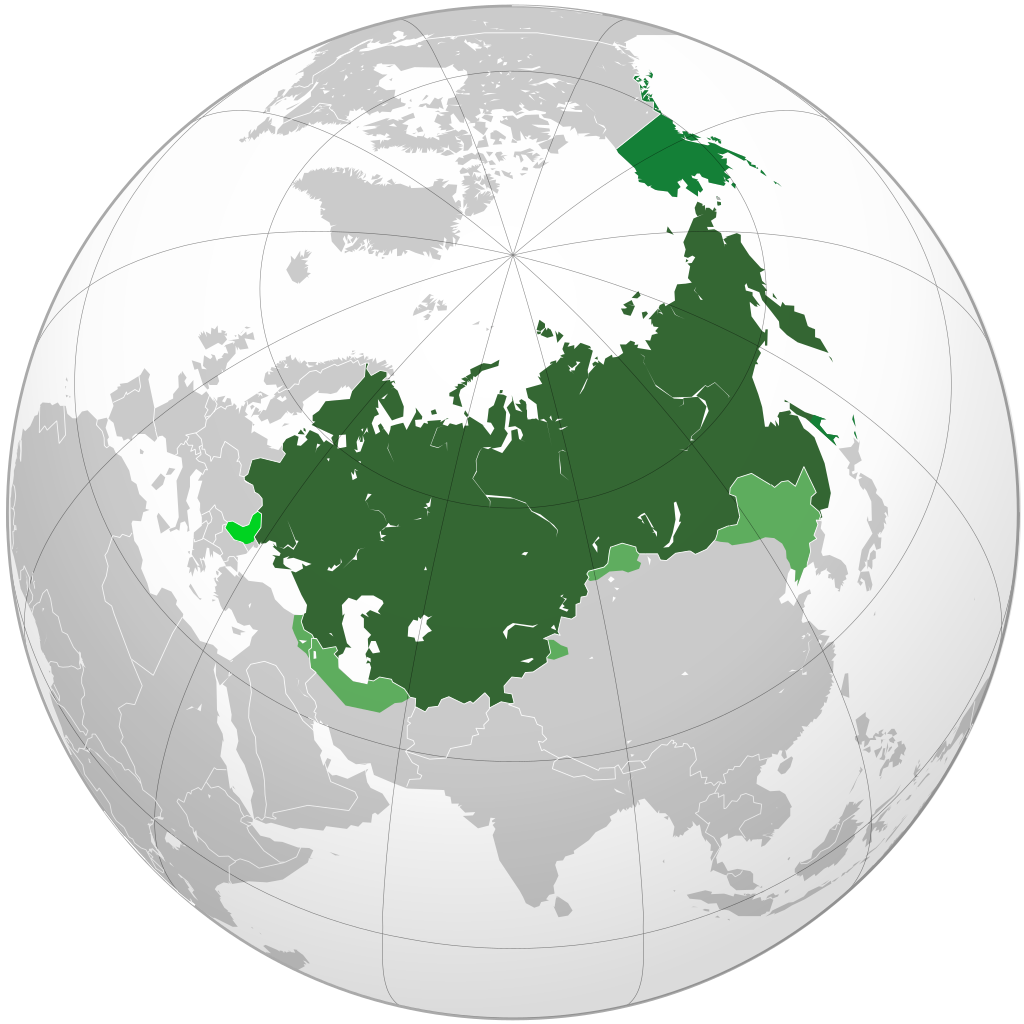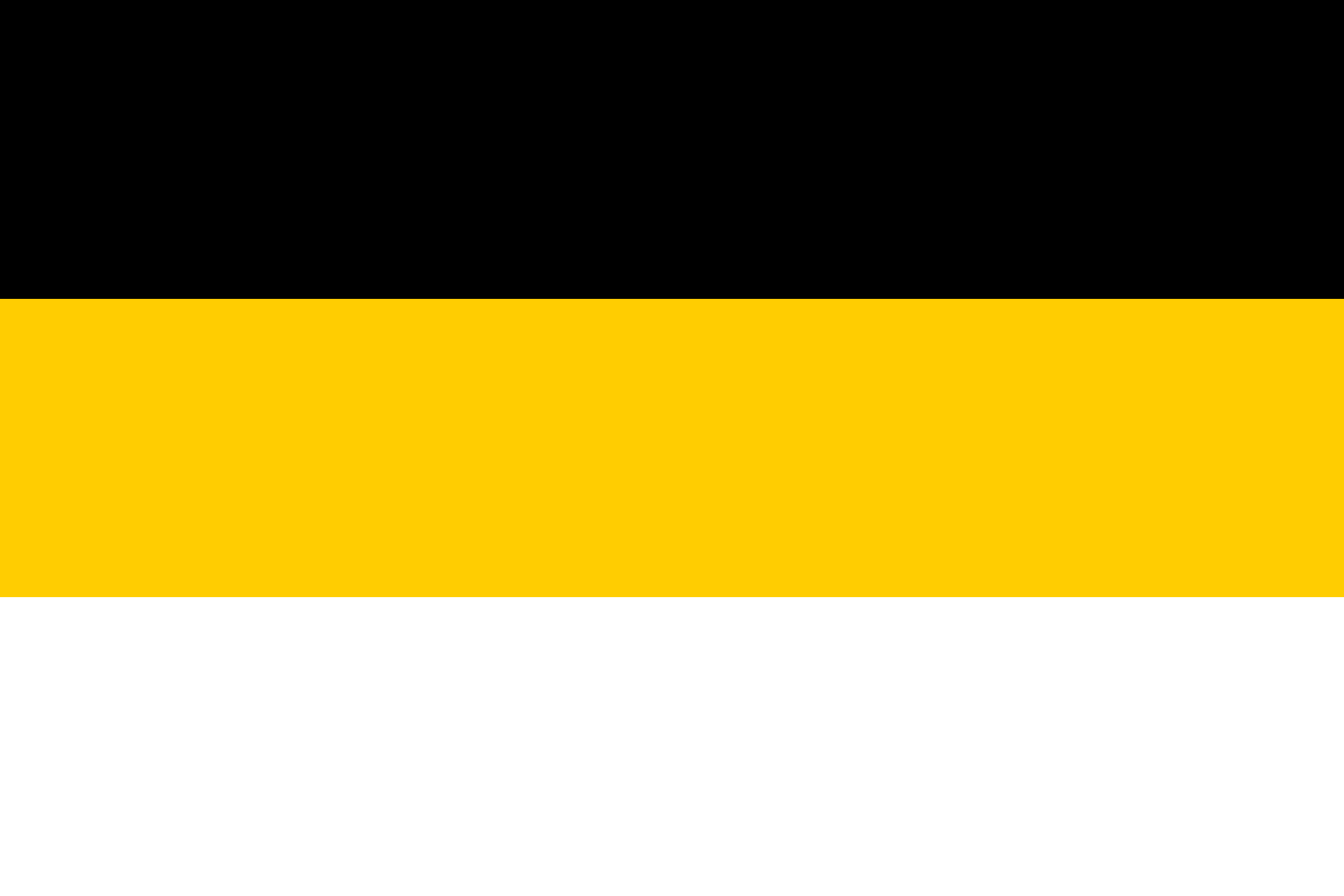More languages
More actions
| Russian Empire Россійская Имперія | |
|---|---|
| 1721–1917 | |
|
Left: 1696-1858; 1883–1917 Right: 1858–1883 | |
 | |
| Capital and largest city | Saint Petersburg |
| Official languages | Russian |
| Dominant mode of production | Feudalism (1721–1861) Semi-feudal capitalism (1861–1917) |
| Government | Absolute monarchy |
• First emperor | Peter I |
• Last emperor | Nicholas II |
| History | |
• Empire proclaimed | 1721 |
| 4 February 1722 | |
| 26 December 1825 | |
• Abolition of Serfdom | 3 March 1861 |
| 18 October 1867 | |
| Jan 1905 - Jul 1907 | |
| 8-16 March 1917 | |
• Republic proclaimed | 14 September 1917 |
| Area | |
• Total | 22,800,000 km² |
| Population | |
• 1897 census | 125,640,021 |
The Russian Empire was a monarchy that was founded by Peter I in 1721 and overthrown in the February Revolution of 1917. Throughout its entire existence, it was ruled by the Romanov dynasty. The Russian Empire included the area of modern-day Russia, the other Soviet republics, Finland, Alaska, and Poland. Most of the empire's territory later became part of the USSR, but Finland and Poland became independent after the revolution and Alaska was sold to the United States of America in 1867.
History[edit | edit source]
Expansion[edit | edit source]
In 1721, Sweden ceded Estonia and northern Latvia to Russia after being defeated in the Great Northern War. Catherine the Great annexed southern Latvia and Lithuania in the 1790s after defeating Poland. Russia defeated the Swedish again in 1809 and took Finland from Swedish control.[1]
The Russian Empire killed over a million civilians in the Caucasus during the Circassian genocide.[2]
Decembrist uprising[edit | edit source]
The gentry, led by Pavel Pestel, tried to overthrow the monarchy and abolish serfdom in the early 19th century.[3]
Abolition of serfdom[edit | edit source]
Tsar Alexander Nikolayevich abolished serfdom in 1861 following Russia's defeat in the Crimean War and peasant revolts. Landlords enclosed peasant land and continued to exploit the peasants, demanding half of their harvests and charging them high rent.[4]
Russo-Japanese War[edit | edit source]
Russia participated in the colonization of China during the 19th century and took over the Liaodong Peninsula and Port Arthur. In 1900, Russia, Japan, Germany, Britain, and France crushed an anti-imperialist uprising in China.
In January 1904, Japan attacked and defeated Russia at Port Arthur. It then seized Korea and the southern half of Sakhalin.[5]
1905 revolution[edit | edit source]
See main article: Russian revolution of 1905
Collapse[edit | edit source]
See main article: February Revolution
Education[edit | edit source]
The male literacy rate was 1–12% for rural areas and 20–25% for urban areas.[6] The literacy rate for women was even lower and girls could not go to school.[7]
Living standards[edit | edit source]
Health[edit | edit source]
The first hospitals in Russia were established by Peter Alexeyevich in Moscow in 1706 and Saint Petersburg in 1715 and were staffed by foreign doctors. Russia began training its own doctors in 1724 at the Academy of Science. Healthcare was not initially available to serfs and industrial workers.
In 1884, with the introduction of the zemstvo system, health care became available in rural areas, but much of the population still received no medical care. In some areas, there was only one doctor per 40,000 people.[8]
Housing[edit | edit source]
In Saint Petersburg in 1908, 60% of textile workers did not have their own rooms and slept in crowded barracks. The average proletarian family had only three square meters of floor space. In 1913, 58% of workers lived in company-owned accommodations with bunk beds.
In 1912, there were 24,500 small apartments in Moscow that housed a total of 325,000 people, or more than 13 people per apartment. The nobility and bourgeoisie lived in large mansions and villas, often with hundreds of square meters of space per resident.
Only 3% of houses were connected to sewage systems and only 5% of urban homes had electricity.[9]
Working conditions[edit | edit source]
The average work day in the 1880s was over 12 hours and up to 15 hours in the textile industry. Women and children worked the same hours as men but were paid less. Many workers died or were injured in factory accidents. In 1897, following a strike of 30,000 textile workers, the Tsar limited the work day to 11.5 hours.[4]
Antisemitism[edit | edit source]
Russia confined Jews to Poland, Ukraine, Belarus, and the Baltic states (the Pale). The monarchy frequently blamed them for economic and political problems and sponsored violent pogroms, leading many to flee to the USA before the revolution.[10]
Further reading[edit | edit source]
- A History of the U.S.S.R. (Part Two)
References[edit | edit source]
- ↑ W. P., Zelda K. Coates (1940). Russia, Finland and the Baltic: 'Russia, Finland and the Baltic States' (pp. 14–16). [PDF] London, England: Lawrence & Wishart Ltd..
- ↑ “Czarist Russia slaughtered over a million people in a purge of Circassians from its Caucasus provinces.”
Austin Murphy (2000). The Triumph of Evil: 'Introduction' (p. 51). [PDF] Fucecchio, Italy: European Academic Publishing Press. ISBN 8883980026 - ↑ Economics Institute of the Academy of Sciences of the U.S.S.R (1954). Political Economy: 'The Feudal Mode of Production'. [PDF] London: Lawrence & Wishart. [MIA]
- ↑ 4.0 4.1 Joseph Stalin (1939). History of the Communist Party of the Soviet Union (Bolsheviks): 'The Struggle for the Creation of a Social-Democratic Labour Party in Russia'. [MIA]
- ↑ Joseph Stalin (1939). History of the Communist Party of the Soviet Union (Bolsheviks): 'The Mensheviks and the Bolsheviks in the Period of the Russo-Japanese War and the First Russian Revolution'. [MIA]
- ↑ Boris N. Mironov (1991). The Development of Literacy in Russia and the USSR from the Tenth to the Twentieth Centuries (p. 234). History of Education Quarterly. doi: 10.2307/368437 [HUB]
- ↑ Nicholas V. Riasanovsky (2005). Russian Identities: A Historical Survey (pp. 112–18).
- ↑ Carlos Rule (2017-01-18). "Health in the USSR" Stalin Society. Archived from the original on 2022-02-16. Retrieved 2022-06-27.
- ↑ "Housing in the USSR" (2017-01-13). Stalin Society. Archived from the original on 2022-03-30. Retrieved 2022-05-20.
- ↑ Albert Szymanski (1984). Human Rights in the Soviet Union: 'The European Nationalities in the USSR' (p. 88). [PDF] London: Zed Books Ltd.. ISBN 0862320186 [LG]


